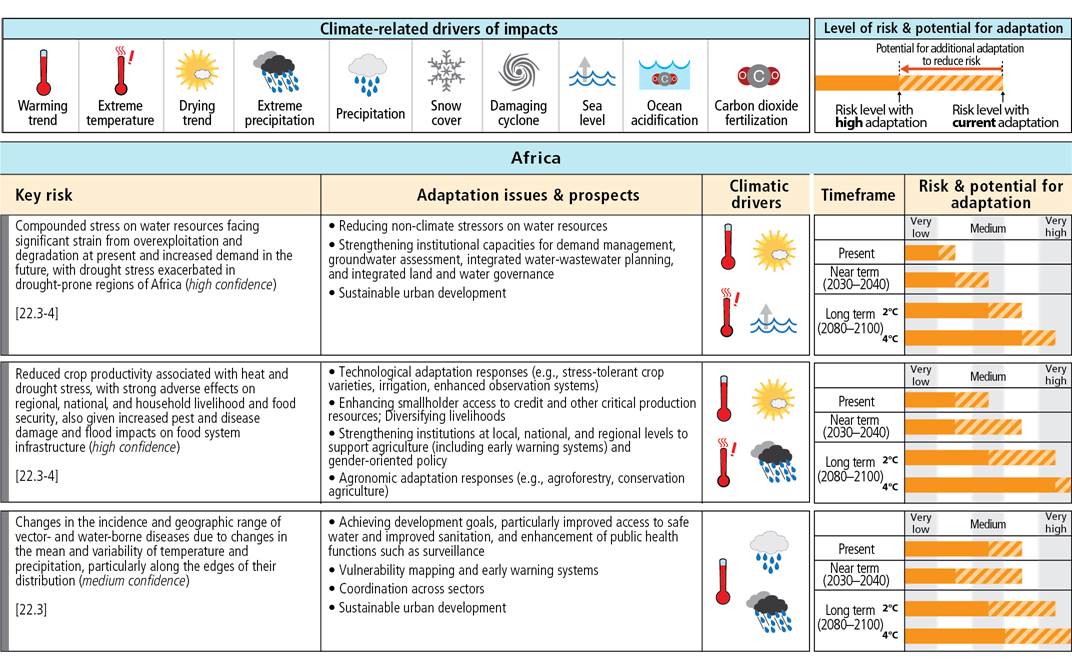Improving Adaptation Strategies

ClimaSouth countries have expressed interest to enhance climate services for adaptation. Therefore, some national activities are expected to develop examples of enhanced use of climate information for management of climate-related risks on an operational basis.
Other actions are needed to address longer-term problems that require careful monitoring and, as needed, infrastructure development. An example of this is sea level rise and the associated challenges to coastal zone management including associated increased risks of coastal flooding. It is key to have in place monitoring systems, to assess long-term developments in coastal situations, as well as to be able to manage the risks of flooding on a real-time basis.
Increases in efficiency, such as in the use of water and energy, are other examples of actions that can result in society better adapted to the climate-related realities of the 21st Century. This highlights how adaptation and mitigation can be viewed as two sides of the same coin, with strong synergies. Ultimately, adaptation and mitigation are viewed as synergistic leading to a low carbon economy and climate resilient society.
Synergy between mitigation and adaptation. Solar powered water pumps bring irrigation water to farm units in the Jordan Valley. As discussed and proposed for further development at the ClimaSouth Jordan National Workshop
Building on the regional seminar that focused on the first of the project's adaptation thrusts (improving climate information), ClimaSouth will increasingly promote regionally the other two adaptation dimensions: (i) enhancing vulnerability assessments and (ii) strategies for adaptation, including updating national adaptation strategies and plans.
The 2014 IPCC report on Climate Change Impacts, Adaptation, and Vulnerability emphasises a risk management approach to adaptation. Usually adaptation measures are designed to reduce climate-related risks. The extent to which a risk can be reduced by adaptation varies according to location, sector and magnitude of climate change. The IPCC report makes some general comments on the extent to which risks may be reduced, described for Africa as a whole in the following Table. On the right, the full orange bar (solid and shaded) indicates the degree of risk without any new adaptation measures. The shaded orange part of the bar indicates the amount by which risks may be reduced with adaptation measures. For example in the middle section on crop productivity, for 2080-2100, the assessment indicates (i) for a 2 degrees Celsius increase in global temperature, adaptation measures are considered capable of substantially reducing the risks, whereas (ii) for a 4 degrees Celsius increase, adaptation measures are considered capable of achieving much less in terms of risk reduction.

Key regional risks from climate change and the potential for reducing risks through adaptation and mitigation. Each key risk is characterized as very low to very high for three timeframes: the present, near term (here, assessed over 2030–2040), and longer term (here, assessed over 2080–2100). In the near term, projected levels of global mean temperature increase do not diverge substantially for different emission scenarios. For the longer term, risk levels are presented for two scenarios of global mean temperature increase (2°C and 4°C above preindustrial levels). These scenarios illustrate the potential for mitigation and adaptation to reduce the risks related to climate change. Climate-related drivers of impacts are indicated by icons. Source: Assessment Box SPM.2 Table 1, in IPCC, 2014: Summary for policymakers. In: Climate Change 2014: Impacts, Adaptation, and Vulnerability. Cambridge University Press.
The above assessment is for the continent of Africa as a whole. It is the case that the ClimaSouth region has environmental aspects in common with Europe and Africa, but the ClimaSouth region is distinct of itself. Often, the region is not the subject of targeted assessments. This emphasises the value of regional approaches within the ClimaSouth project.
Further Resources and Links
Water Resources: Climate Change Guidelines
Urban Climate Change Guidelines



